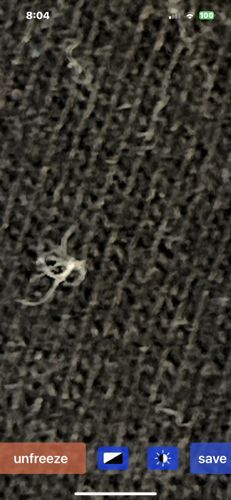Spider Beetle
Scientific Name: Ptinus spp. (e.g., Ptinus fur, Ptinus tectus)
Order & Family: Coleoptera, Ptinidae (formerly Anobiidae)
Size: Typically 1.5 - 5 mm in length

Natural Habitat
They are commonly found in human dwellings, food storage facilities, museums, and warehouses. They prefer dark, damp, and undisturbed places such as cracks and crevices, behind walls, or in pantries.
Diet & Feeding
Spider beetles are generalist scavengers feeding on a wide variety of dried organic materials including grains, seeds, dried fruits, flour, cereals, pet food, and even natural fibers like wool and silk.
Behavior Patterns
Spider beetles are known for their ability to chew through various packaging materials to access food sources. They are often found in dark, undisturbed areas. The larvae are C-shaped and yellowish-white.
Risks & Benefits
Potential risks include contamination and damage to food products and other organic materials (e.g., historical artifacts, stored dry goods). They are not known to bite or transmit diseases to humans. Benefits are limited, though they can be part of the detritivore community in natural settings.
Identified on: 8/27/2025